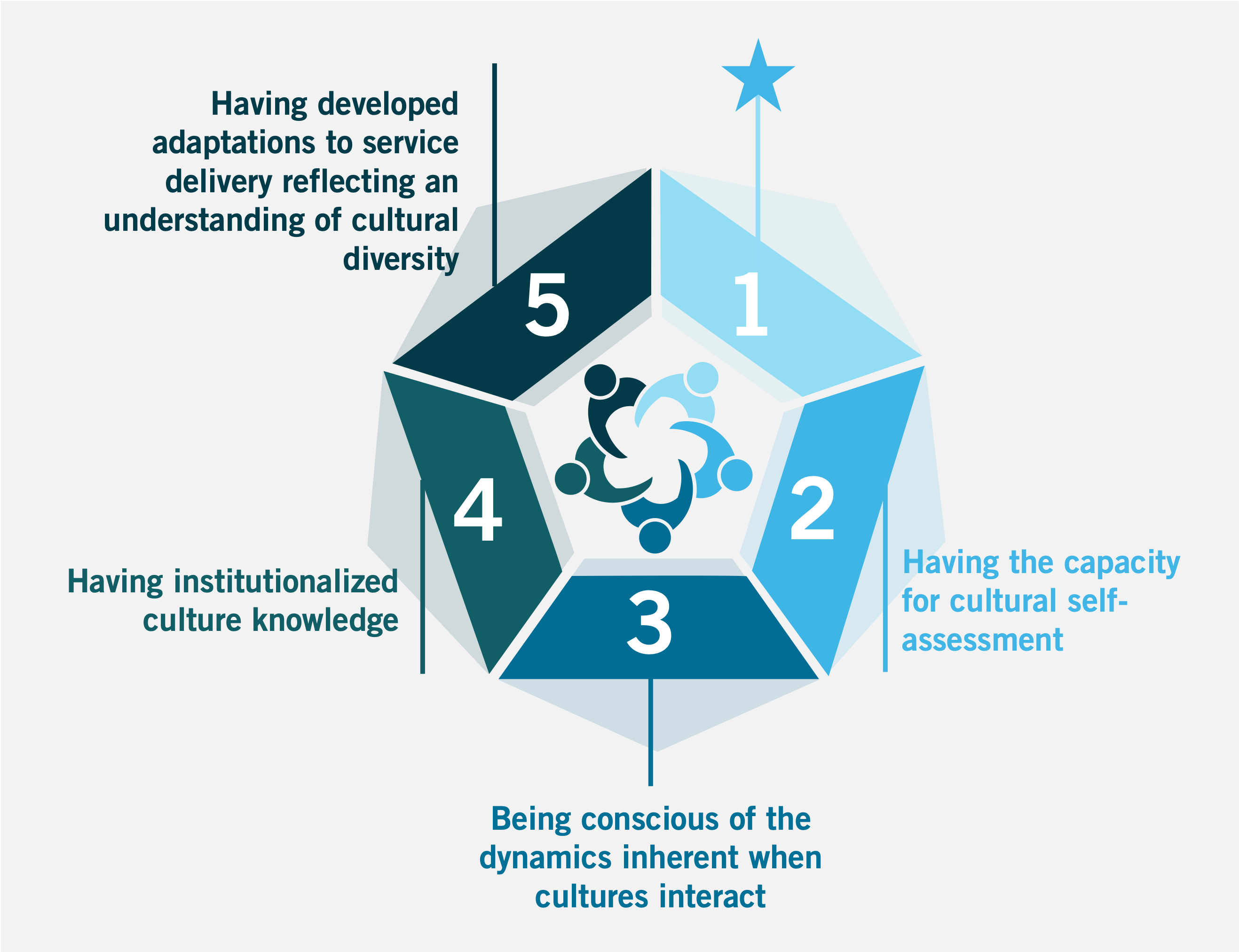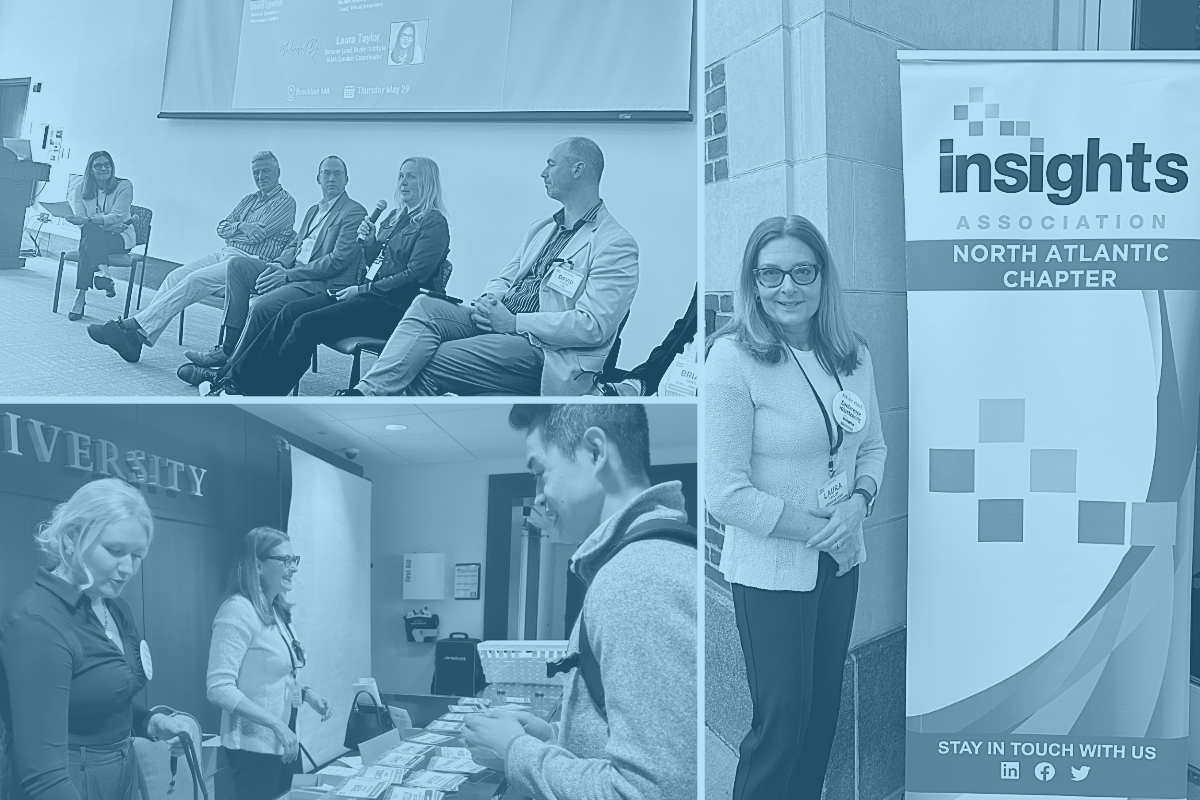
How Cultural Competency Builds Insight Inclusivity
by Jaswant Singh
It’s no secret that DEI has been a hot topic in the marketing research industry—and really every industry—of late. And rightly so.
However, most corporate DEI initiatives tend to focus on employee- and recruitment-related matters. While this approach aligns with most brand verticals across the corporate world, as insights professionals—and conscientious stewards of the consumer voice—we have an added layer of responsibility when it comes to inclusivity.
We must ask ourselves: “How do we generate insights that inclusively reflect and represent the voices of consumers from every walk of life?” The answer to this question lies in incorporating what’s called “cultural competency” into our processes, practices and approaches to consulting.
But, what is “cultural competency,” exactly?
The term first appeared in 1989, as part of Cross, T., Bazron, B., Dennis, K., & Isaacs, M.’s work* to establish an academic framework for the idea. They defined “Cultural Competence” as:

“A set of congruent behaviors, attitudes, and policies that come together in a system, agency, or among professionals which enable a system, agency, or those professions to work effectively in a cross-cultural situation.”
While that is the operative academic definition, for Burke and many other corporations, it centers on embracing an intentional approach to bridging the gaps between cultural differences.
In the simplest sense, building cultural competency is just the “right thing to do” for any organization. But, for us, there’s more to it than that.
WHY CULTURAL COMPETENCY IS SO IMPORTANT IN MARKET RESEARCH
Again, as insights professionals, we embrace a deeper set of responsibilities as it relates to cultural competence because our perspective on consumers guides others—often at a foundational level. If insights don’t cross cultural lines to capture the authentic voice of consumers—and aren’t truly representative of consumers—it very much impacts a brand’s ability to make strategic decisions based on the true realities of their consumer targets. In other words, there’s a ripple effect: Culturally inclusive insights yield more viable and relevant products, solutions, and services.
Moreover, cultural competence is critical in building sample sets that are authentically representative (i.e., inclusive) of target populations. When we integrate more inclusive data, we provide a clearer, more accurate picture of the market for our stakeholders. This leads to better decision-making and, ultimately, more relevant products/services.
At the end of the day, as our client organizations embrace more culturally inclusive policies and perspectives, they will also seek partners who share the same values. Thus, as strategists, consultants, and researchers, we must cultivate a reputation for capturing the authentic voice of all consumers.
THE FIVE DIMENSIONS OF CULTURAL COMPETENCY
The journey to cultural competency looks different for every organization, but in their initial work to establish the concept, Cross et al. outlined five critical dimensions of what defines a culturally competent organization. Using this framework as our guiding light, we were able to look inward to reassess our own practices, change perceptions, and institute new processes.
Here’s a look at the five principles and how we approached each one:
![]() Valuing diversity.
Valuing diversity.
While diversity is something Burke already valued, in the interest of being more intentional, we developed an internal team to lead the company’s DEI efforts. Our cross-organizational team, Kaleidoscope, helps activate DEI values by guiding the organization towards greater inclusivity in our business and research practices, capturing and leveraging employee perceptions and needs through our internal DEI survey, coordinating DEI driven research process initiatives, and orchestrating DEI learning opportunities across our entire organization.
![]()
Having the capacity for cultural self-assessment.
This means having the ability to objectively consider our own organization’s approaches/attitudes regarding cultural competency and required us to take a step back and define a baseline of where we stood. Understanding the pervasive perceptions of the role of DEI at our company and the composition of our company was critical in helping to adapt our project process to be more inclusive as we needed to learn more about the background of our teams who were conducting the research through the lens of DEI, determine any misconceptions around DEI that had to be dispelled, and any untapped passions that were not being leveraged.
For us, this entailed conducting an internal survey, for which we hired an external consultant to help ensure we had an unbiased perspective. Specifically, we wanted to get a sense of the gaps in how leadership and employees view current DEI efforts. We reviewed a typical process—at both the project and company level—to determine “who we were.” Some questions we considered in this step included:
- What is the makeup of our teams?
- Are minorities being represented within our organization so that their perspectives are being integrated in our work? That means race, gender, LGBTQ+, neurodivergent, etc.
- We also asked our employees more nuanced questions through Burke’s Maxology program that seeks to align individual passions with one’s work and organization goals: “What makes your wheels turn?” or “What energizes you?”
![]()
Being conscious of dynamics inherent when cultures interact.
Cultural composition is only part of what defines an organization’s cultural competency; patterns of interaction across different cultural contingents must also be considered. Building on what we learned about our teams, we had to assess what barriers and dynamics within our research process were currently prohibiting us from being inclusive.
Some themes to consider in your own efforts might include:
- Why might being inclusive be difficult?
- Are we being honest with ourselves about how our organization contributes to a more inclusive insights industry?
- Is it more difficult or more expensive to build a high quality, inclusive representative sample?
- Are we asking the right questions to understand sample composition?
- Do we understand nuances between different kinds of customers? For example, generations often are construed as monoliths. All Gen Z’ers are not the same and neither are Baby Boomers.
![]()
Having institutionalized culture knowledge.
Once we had a grasp of our current situation, we began to tackle dimension four—looking for areas where we could “institutionalize” cultural knowledge. In other words, that means making cross-cultural awareness a built-in feature of our policies and practices. To this end, we looked at each step in our project process as a “gate,” then identified opportunities to increase our awareness of cultural factors within our organization.
 |
 |
 |
 |
 |
 |
 |
![]() Having developed adaptations to service delivery reflecting an understanding of culture diversity.
Having developed adaptations to service delivery reflecting an understanding of culture diversity.
Based on the opportunities identified in dimension four, our next step was action and implementation. Below is an example of some of the modifications we made to our project process given our learnings in the previous step:
 |
 |
 |
 |
 |
 |
 |
| Evaluating client’s lens with eye towards DEI | Building a questionnaire repository allows easy access to questions that have been written to emphasize inclusivity | Active sample management with inclusivity in mind | Diverse Moderators | Training analysts to understand different types of consumers and what makes them who they are | ||
| Leveraging inclusive questionnaire design | Representative sample |
While we have made many strides to become culturally competent in our research and business practices, our journey is ongoing. We constantly look to improve inclusivity in our business and research practices, and we see our efforts to build cultural competency as a process—not a singular action. To that end, we continue to reflect upon and reevaluate our practices as we work to implement an efficient process that allows our organization to improve.
What actions or efforts has your organization implemented to become more culturally competent? Where have you had success? What has been the hardest part of your journey? I would love to hear from you!
Reach out to me at jaswant.singh@burke.com.

Embracing her thirst for knowledge, Jaswant helps her clients explore and navigate business questions. With a background in research operations and her passion for storytelling, she is poised to help brands leverage actionable insights to move their business forward.
Interested in reading more? Check out Jaswant’s other articles:
Top Takeaways From Quirk’s New York
Making it Right: The Importance of Issue Resolution to E-Commerce Consumers
As always, you can follow Burke, Inc. on our LinkedIn, Twitter, Facebook and Instagram pages.
Sources:
*Cross, T., Bazron, B., Dennis, K., & Isaacs, M. (1989). Towards a culturally competent system of care (Vol. 1). Washington, DC: Georgetown University Child Development Center, CASSP Technical Assistance Center
Feature Image – ©S Fanti/peopleimages.com – stock.adobe.com








